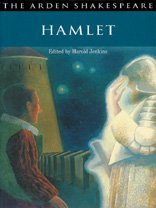
I chose Hamlet for one of my books groups last month, and I believe it was the least attended session to date, only possibly rivaled by Faulkner’s As I Lay Dying. Draw your own inferences. But I will probably not choose another play as a book selection. I enjoyed it, but it’s obviously not a crowd pleaser, which is curious for one of the most lasting works of literature in the world, no?
One of the big reasons I picked Hamlet for April was that the big local theater, The Guthrie, along with The Acting Company, was putting on both Hamlet and Rosencrantz and Guildenstern these past few weeks. Reading a play as a book seems silly without seeing it performed. It’s rather like reading musical notes on a page but not hearing them played. Over about three weeks, I watched 7 Hamlet adaptations on DVD, a few related DVDs, read the play and a comprehensive introduction and set of long notes, a graphic adaptation of the novel, an excerpt of a big book on Shakespeare, and a little book on Hamlet. All this before seeing a live production. Like that old Palmolive commercial, I was SOAKING in it. In fact, so saturated am I that I don’t even know where to begin in writing about all these. Therefore, since brevity is the soul of wit. And tediousness the limbs and outward flourishes, I will be brief.
Heh.
In general, Hamlet the play is one of the most lasting works of literature in the world, and the character of Hamlet rivals only perhaps Jesus as the most known literary character ever. So if you haven’t read it, or haven’t read it recently, or haven’t seen a DVD, then you’re missing out. This is one of the few times when it’s as good to watch the movie as it is to read the play, because it’s a PLAY! It was written to be seen! If you are interested in finding out more, here’s what I found to be helpful (or not).
My preferred edition of Hamlet is the Arden with the introduction by Harold Jenkins, a cranky old white man who is hilariously dismissive of the work of other people he doesn’t agree with. And he’s not deadeningly repetitive, like another cranky old white man I’ll mention later. This edition of this play is going in my apocalypse backpack (which is the name of one of my imaginary bands).
Hoping to get my two sons, who are 8 and 10, in on the fun (my husband and I were reading and nerdishly obsessing over this together. Me: Jane Eyre::G. Grod: Hamlet.) My first attempt was a success, the 30 minute adaptation that’s included in Shakespeare: The Animated Series. They liked it!
Less popular with both the 10yo and me was Classics Illustrated’s Hamlet. Bad art that did nothing to illuminate the text.
Next, it’s foolish to study Shakespeare without reading Harold Bloom, one of the pre-eminent Shakespeare scholars. Alas, he is the cranky old white man who repeats himself ad nauseum. He makes interesting arguments and insights. AND THEN MAKES THEM AGAIN AND AGAIN. I read Bloom’s introduction to his
Shakespeare: the Invention of the Human, the chapter on Hamlet, and the last chapter. I might be able to save you some trouble: Bloom thinks Shakespeare wrote the ur-Hamlet, the earlier missing version of the play that most scholars think was written by Thomas Kyd. Shakespeare through characters like Falstaff and Hamlet, showed a psychological interior life that had not been shown before, and helped to establish it as part of what we consider human. Hamlet the play and Hamlet the character are two different things that are often equated (or conflated, as they say in adadem-ese). He repeats these points and makes some more in his shorter book,
Hamlet: Poem Unlimited, spending less time on the ur-Hamlet bee in his bonnet. Overall, he says some good stuff, some outrageous and ridiculous stuff, and some outright offensive stuff (he is shockingly dismissive of the work of women, especially non-white women). As you might have divined, I have a respect/hate relationship with Bloom. I find him necessary, but unpleasant.
But this is just me, a cranky middle-aged white woman, so your mileage may vary. My good friend and Shakespeare fan M, who blogs at Mental Multivitamin, has more respect and less vitriol for Bloom than I do, so check out her opinions for another take.
And, as this is so long, I’ll do a separate entry on the movies and the play.
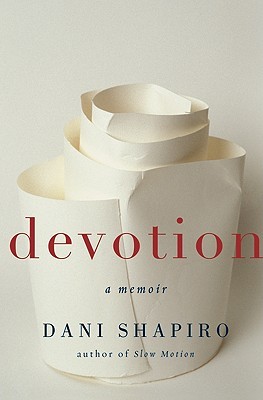
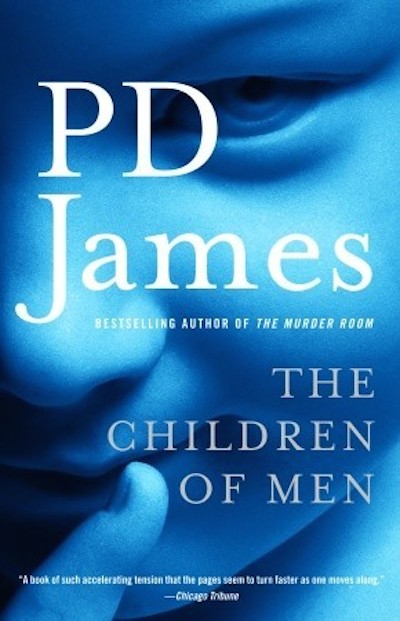

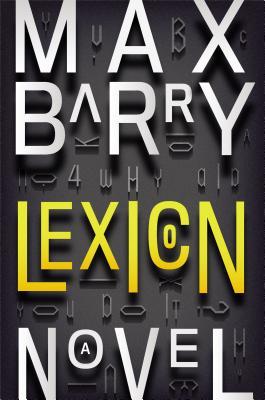
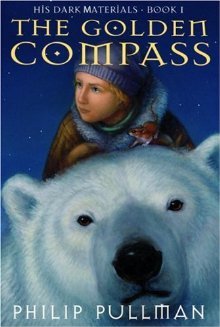
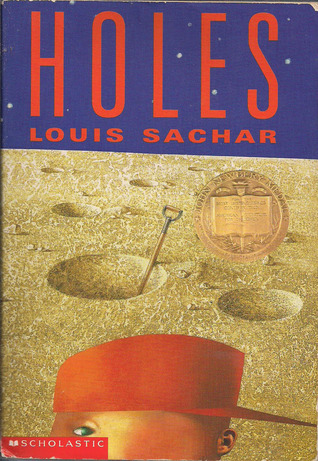
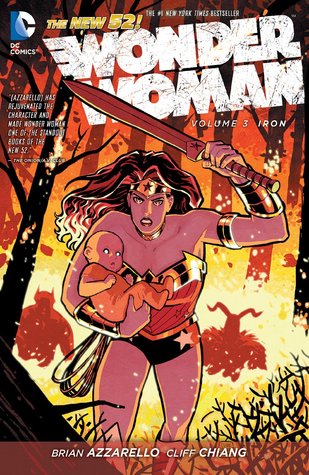
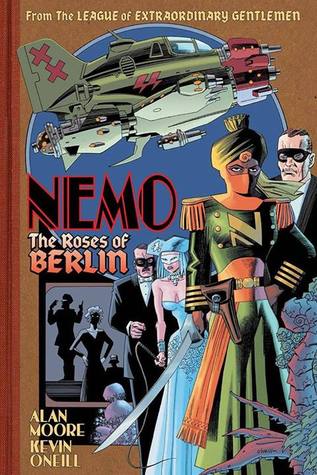
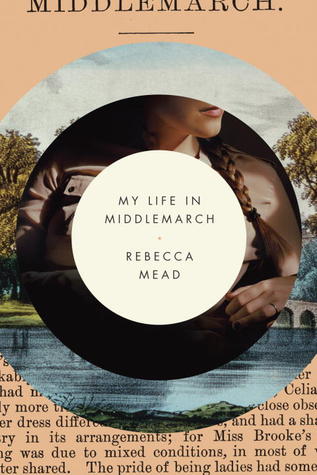
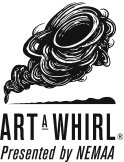

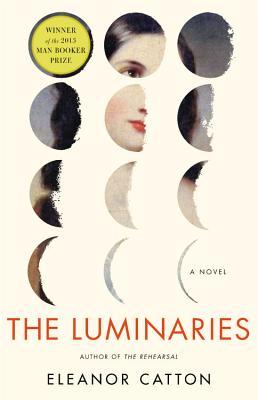

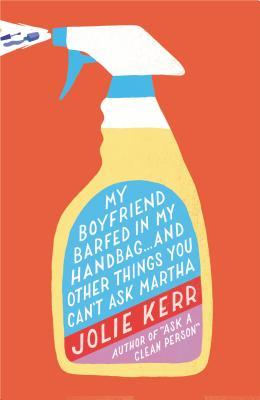 My husband read something on the inter webs about Jolie Kerr’s
My husband read something on the inter webs about Jolie Kerr’s